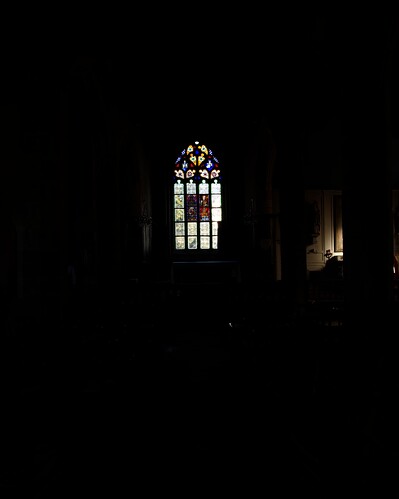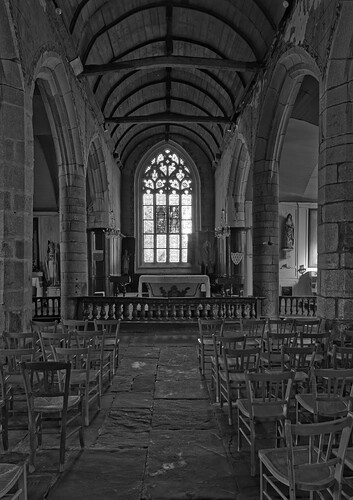Hello,
As a Lightroom user, I am currently testing the 30-day demo version of DxO PhotoLab 8. I find the software excellent in terms of ergonomics, its lens/camera pairing approach, and the resulting optical corrections—especially the “Lens Sharpness Optimization”. I also appreciate the fact that the license is “lifetime”.
I was seriously considering purchasing it, but here’s the issue: where is the “HDR range?”
It seems that DxO simply does not allow working with HDR images! I am not referring to the pseudo-HDR mode in the presets, which merely simulates an “HDR look” while staying within an SDR dynamic range. Nor am I talking about the “old-school” HDR technique of stacking multiple exposures—that does not interest me at all. What I am looking for is true HDR range support, just like Lightroom provides.
On an HDR display, images developed this way look stunning, and I can’t imagine going back to developing my photos in SDR only.
Is this possible with DxO? Unfortunately, it seems that it is not.
s really a shame, I’m not trying to criticize the program in any way—once again, I think it’s great and I wanted to buy it. But if HDR development isn’t possible, that’s a real deal-breaker for me. I don’t understand how, in 2025, this still isn’t an option—HDR screens are everywhere, and once you’ve experienced it, there’s no going back. Please tell me I’m wrong and that I’ve missed something! If not, this needs to be implemented as a priority!
Thank you for your help!


